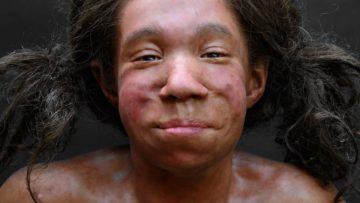Rebecca Sykes in BBC News:
 In any normal summer, Spain’s famous Playa de la Castilla – a perfect 20km (12 mile) long stretch of sand backed by the Doñana nature reserve and close to the resort of Matalascañas, Huelva – would have been covered by the footprints of visiting tourists. But in June 2020 with international flights banned due to Covid-19, the beach was uncharacteristically quiet. Two biologists – María Dolores Cobo and Ana Mateos – who were strolling along the peaceful beach, nonetheless found many footprints. These, however, were made by a very different kind of visitor.
In any normal summer, Spain’s famous Playa de la Castilla – a perfect 20km (12 mile) long stretch of sand backed by the Doñana nature reserve and close to the resort of Matalascañas, Huelva – would have been covered by the footprints of visiting tourists. But in June 2020 with international flights banned due to Covid-19, the beach was uncharacteristically quiet. Two biologists – María Dolores Cobo and Ana Mateos – who were strolling along the peaceful beach, nonetheless found many footprints. These, however, were made by a very different kind of visitor.
As savage storms and then powerful spring tides earlier in the year had lashed Spain’s south-west coast, huge waves scoured away the sand at the base of 20m (65ft) dunes, revealing an enormous area of rock covering some 6,000 sq m (1.5 acres). Its surface was pocked with indentations which the pair of biologists recognised as footprints: a jumble of hooves, claws and paws preserved in the rock. But when the two women looked closer, among the criss-crossing animal tracks were other prints that looked startlingly human. What’s more, their position at the bottom of the cliff layers meant they had to have been left in the distant past.
More here.
